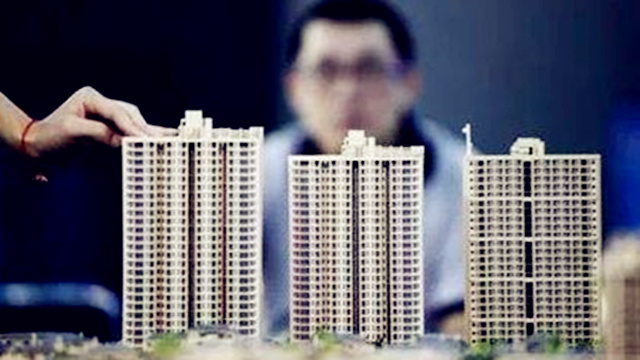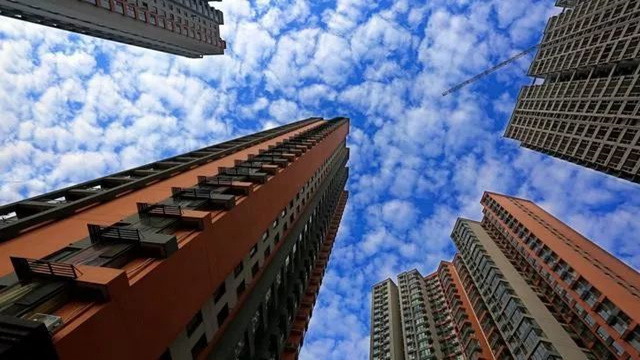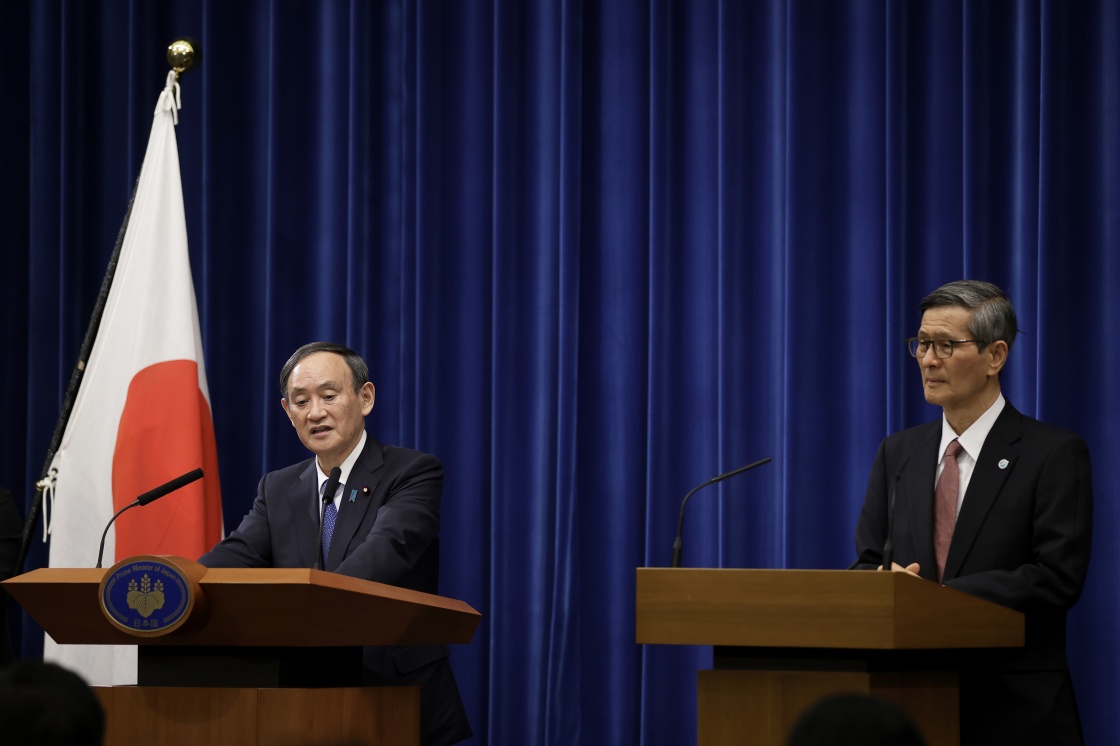These 12 cities were interviewed because of their houses! At present, seven cities have responded.
CCTV News:In view of the recent overheating of the real estate market in some cities and the rise of speculation, the Ministry of Housing and Urban-Rural Development issued a notice, reiterating that the goal of real estate regulation and control will not be shaken and the intensity will not be relaxed, and putting forward clear requirements for further real estate regulation and control.

Accelerate the formulation and implementation of housing development plans. First-and second-tier cities should complete the housing development plan for 2018-2022 before the end of the year, and report it to the Ministry of Housing and Urban-Rural Development for the record and announce it to the public for implementation. Pay close attention to adjusting the supply structure of housing and land. All localities should increase the effective supply of housing and land in a targeted manner, effectively increase the supply ratio of medium and low-priced and small and medium-sized ordinary commodity housing, and establish a linkage mechanism between housing prices and land prices to prevent land prices from pushing up housing prices. Sixteen cities, including Beijing, Shanghai, Guangzhou and Shenzhen, should explore and promote the diversification of land suppliers, and put forward and report specific implementation plans before the end of June.
Effectively strengthen the management and control of funds. All localities should strengthen the scale management of individual housing loans, implement differentiated housing credit policies, strengthen the review of borrowers’ repayment ability, and strictly control the misappropriation of funds such as consumer loans and business loans for house purchase and leverage.

Vigorously rectify and standardize market order. It is necessary to seriously investigate and deal with illegal acts of real estate enterprises and intermediaries such as property hoarding, speculation, evasion of regulatory policies, and market panic. Strengthen public opinion guidance and expected management, and further implement the main responsibility of local regulation and control.

Ministry of Housing and Urban-Rural Development: Interview with 12 cities to ensure the stable and healthy development of the market
Since the beginning of this year, "regulation" has become the main tone of the property market, and regulation policies have been introduced more than 100 times throughout the country. In particular, the Ministry of Housing and Urban-Rural Development recently interviewed 12 cities on the regulation of the real estate market, namely Xi ‘an, Haikou, Sanya, Changchun, Harbin, Kunming, Dalian, Guiyang, Xuzhou, Foshan, Chengdu and Taiyuan.
The interview emphasized that we should unswervingly adhere to the positioning of "the house is used for living, not for speculation", implement the main responsibility of local regulation, and make precise policies according to local conditions to ensure the stable and healthy development of the real estate market.
Several cities have introduced new regulations: plugging loopholes and strengthening supervision
The reporter noted that after the Ministry of Housing and Urban-Rural Development interviewed the heads of these 12 cities, at present, seven cities including Chengdu, Harbin, Guiyang, Changchun, Foshan, Xi ‘an and Taiyuan have responded, and these seven cities have successively upgraded the property market regulation measures and introduced strict policies to curb speculation.
In view of the loopholes in the actual implementation of the previous purchase restriction policy, Chengdu has introduced a new policy to adjust the purchase restriction object from natural persons to families, and made new provisions on the transfer conditions of divorced families’ purchase and new purchase, and at the same time, it has introduced a new regulation on the selection of houses by notarization and lottery.
Harbin requires new houses in the main city to be sold for three years; Changchun requires that the transaction price of commercial housing should not be higher than the pre-sale declaration price; Guiyang reiterated the three-year sales regulation and adjusted the housing provident fund policy; Foshan reiterated the order of real estate sales, and made detailed regulations on the opening time of real estate enterprises, the subscription and signing process, and the disclosure of housing. Taiyuan stipulates that newly purchased houses can only be traded and transferred after 2 years from the date of obtaining the property ownership certificate or the house ownership certificate. In addition, the Housing Authority of Xi ‘an has stepped up inspections, and increased penalties and notifications for illegal real estate developers and real estate brokers.
Ni Pengfei, director of the Urban and Real Estate Research Office of China Academy of Social Sciences, said: "After the introduction of this policy, it will give the illusion that the policy will be adjusted, or that the government will no longer take tough measures. This expectation will make it burst. Then this reasonable demand will be guaranteed, and unreasonable demand will be delayed. Then investment and speculation will be further restricted. "































































